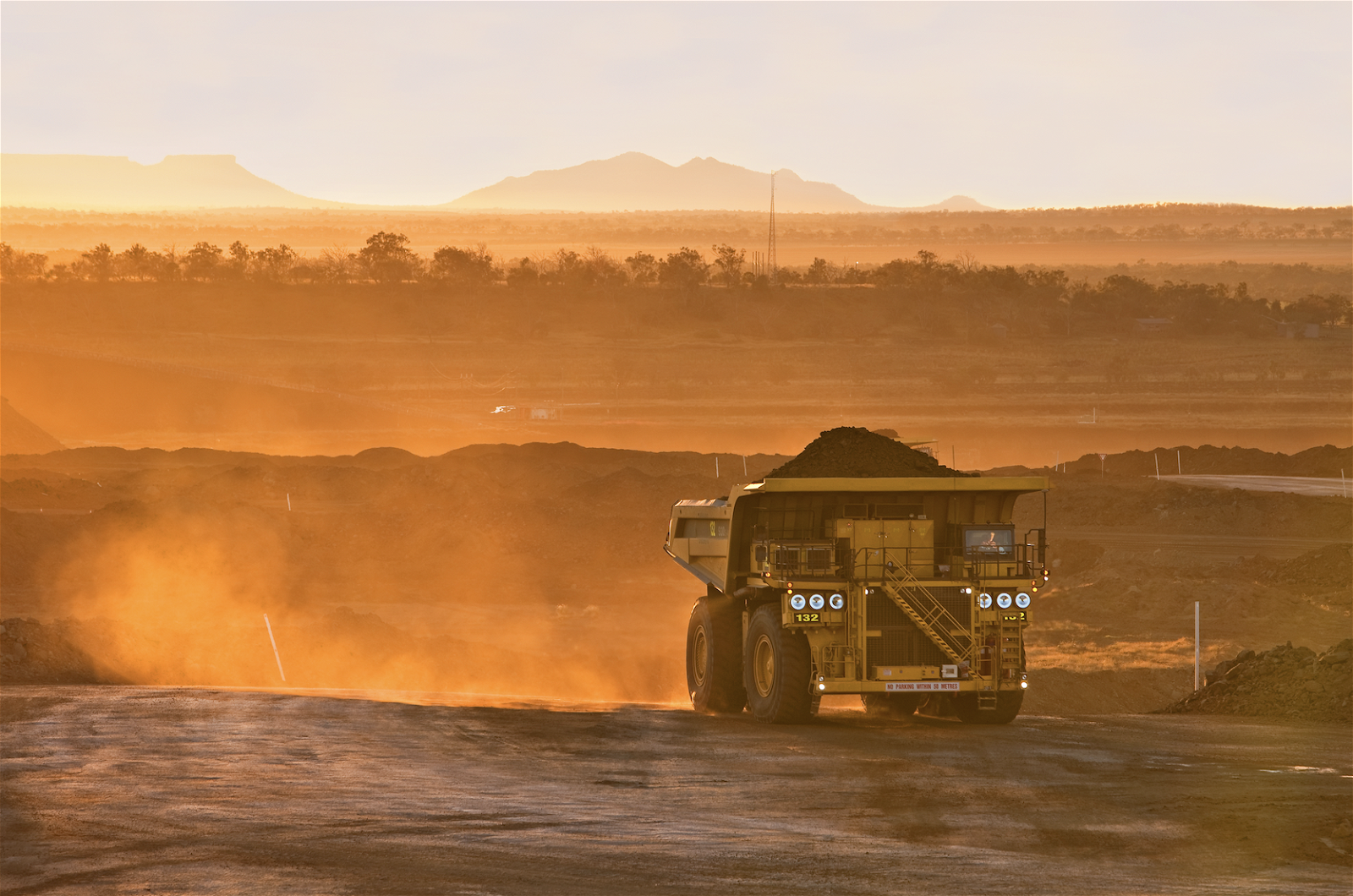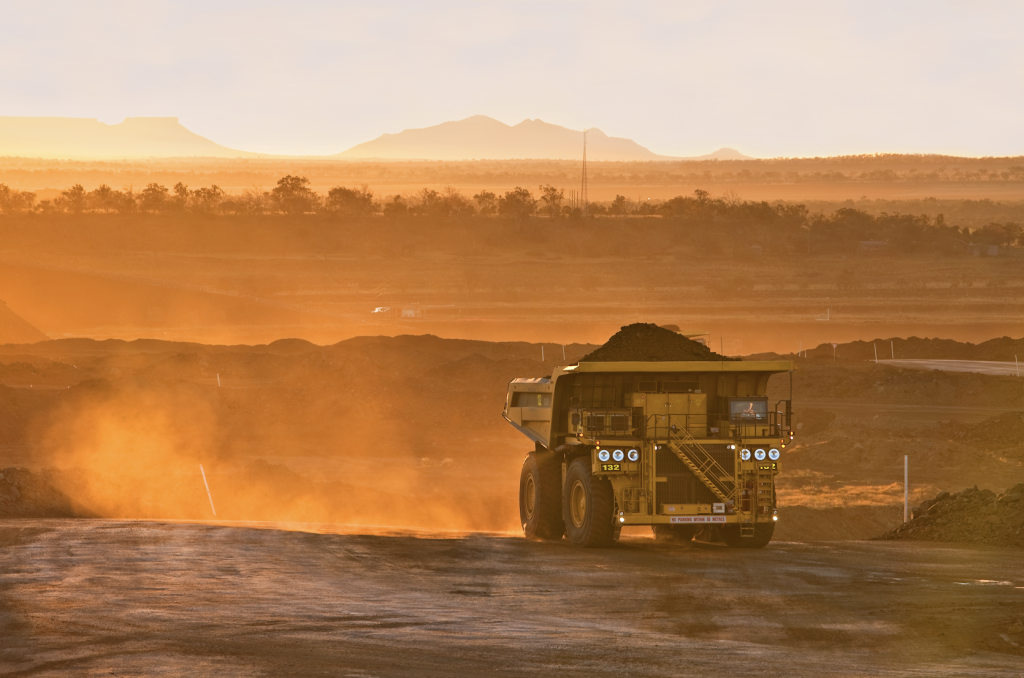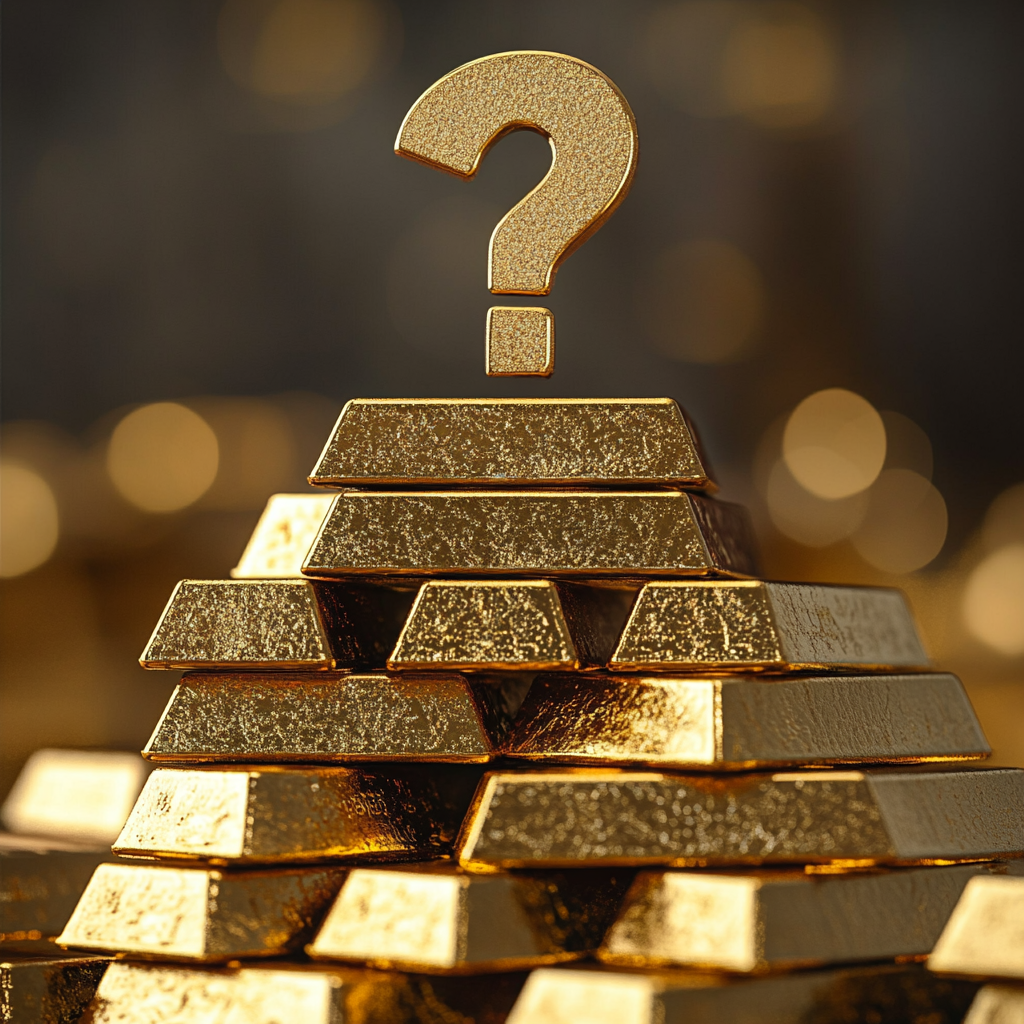[Editor’s note: Today we’re providing a preview of the most recent edition of the 4th Pillar – our premium investment research service which focuses on the most critical ‘real asset’ businesses.]
Before oil, there was coal. It was coal that powered the industrial revolution in the UK and then across the world. And it is coal that even today continues to power the world, accounting for fully 36% of global electricity generation.
Even in the US, among the countries where coal is theoretically being phased out, it accounts for 20% of electricity generation, a number that spikes to 57% in China.
When we refer to coal, we must clarify that there are two types of coal:
- Thermal coal – which is used for power generation, and;
- Met/coking coal – which is used in the production of steel. (And as of today, met coal is effectively an irreplaceable ingredient in the steelmaking process.)
So whatever else coal may be, it is certainly not a relic of a bygone era. Rather, it is the single most important source of power in the world today.
And it will continue to be vital for the global economy for decades to come. Yet the perception is that coal is not an industry with a future, making it one of the most misunderstood parts of the commodity markets.
And that is exactly where our opportunity lies…
Alexa – What is the most hated, anti-ESG company in the world?
The company which is the subject of our research today is a Southern African thermal coal miner. And in early 2021, it was certainly in the running for the dubious title of ‘most hated company’ in the world.
At the time, there were a lot of these mega-investors around who weren’t interested in doing their primary job: that of making money for their clients.
Instead, they were focused on ensuring that their investments were as “ESG compliant” as possible. (ESG is short for Environmental, Social and Governance principles – which is what Woke Inc Global were screaming about very loudly at the time).
Moreover, with the leverage they held, these investors were exerting considerable pressure on companies to comply.
And not even the biggest, market-leading mining companies in the world were immune to this pressure…
One such group made the concession to spin off their Southern African thermal coal operations in mid-2021. The business unit comprised just 4% of their revenues in 2020, and it was attracting a disproportionate amount of negative attention.
So in June 2021, the company completed the spinoff, and a new thermal coal company was born.
And unlike the rest of the coal industry that had been struggling with low prices, increasing decommissioning liabilities, the supposed phasing out of coal, as well as investor activism for years, this new company was set up to succeed…
It had no debt, $170 million in cash on the balance sheet, an agreement that their previous parent company would continue to market their coal for the next three years, plus a further guarantee to provide more capital if coal prices fell below a certain level.
So, what do you think investors valued this company at?
At the close of the first day of trading, the market cap of the company was just $210 million.
That is to say, a company with $170 million of cash, no debt, and the ability to produce millions of tons of coal a year, with complete protection from a decrease in coal prices by their earlier parent company, had an EV (Enterprise Value) of just $40 million.
Perhaps they should rename it the inefficient market hypothesis!
But here’s why this happened…
All the shareholders in its previous parent, who wanted nothing to do with the business, had received shares in the new company as part of the spinoff. And they sold as soon as they could, on day one of trading – hence the price tanking.
But just over a year later, the stock price was over 15x higher than where it closed on its first day of trading.
The company was certainly helped by a spike in coal prices in the aftermath of Russia’s invasion of Ukraine in early 2022. But their business operations have continued to provide strong results over the past year, and the future looks very bright.
OPERATIONS
In concept, the company’s business is fairly simple to understand. They produce thermal coal across seven sites through a combination of open pit and underground mining.
The company delivers its coal primarily via rail to the nearest harbor, where it is exported to Asia. Export quality production in 2021 was 14 million tons, however, the guidance for this year is 12 million, similar to their export levels in 2022.
The reason for this slight decline in production is transportation challenges via rail. However local transport authorities have recently secured an international loan to upgrade rail capacity, which should significantly increase the company’s ability to export more coal.
Moreover, the company has diversified internationally (something we like to see at Sovereign Man); they’ve just completed the acquisition of a majority stake in an existing thermal coal operation in Australia.
And since that acquisition was done at an extremely attractive price, the investment should produce very high returns for shareholders.
FINANCIALS
As always, we need to look at the financial state of the company, evaluating both the balance sheet and income generation.
The market cap of the company is around $1 billion. As of June 30, 2023, the company had $730 million of net cash, meaning the “Enterprise Value” (EV), or value of the core business, is just $310 million.
Here’s what’s incredible: in 2022, the company generated Free Cash Flow of $980 million – so nearly 100% of its current market cap. And they paid out 76% of that as a dividend!
(Free Cash Flow is a better measure of profitability because it shows how much money can be paid to shareholders as dividends.)
Now, $980 million in Free Cash Flow was due to record high coal prices, which have come down since then. But as coal prices have fallen, the company is still doing very well. The first half of 2023 showed results of $230 million in Free Cash Flow.
On an annualized basis ($460 million for the full year), this means that the company is trading for an “Enterprise Value to Free Cash Flow ratio” of less than 1.
In other words, the company should earn more than what it’s currently worth… in less than a year.
That’s a pretty good deal considering that coal prices have fallen 75% from their peak, combined with the company’s challenges surrounding the railroad infrastructure.
Conclusion
In this company we were able to find the criteria that we value highly in an investment: low production costs, in a vital commodity, that is highly profitable even when prices are low. The balance sheet is strong, the company pays healthy dividends, and the price is cheap.
Like what you’re seeing thus far?
Learn more about this and other inflation-beating real asset opportunities in The 4th Pillar, our premium investment newsletter.
Enjoyed this market analysis and investment research summary? Find out how real assets can help you fight inflation and preserve your buying power… And discover scores of other compelling opportunities inside The 4th Pillar, our real asset focussed premium investment letter.
Recent winners featured in the real asset sector included agricultural companies, and companies servicing the mining industry as well as.
To find out more, click here.










